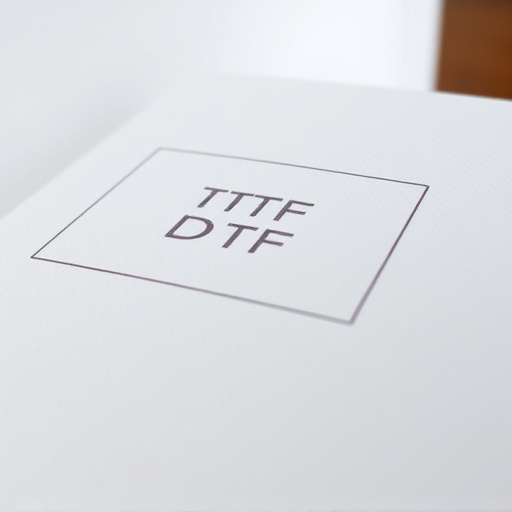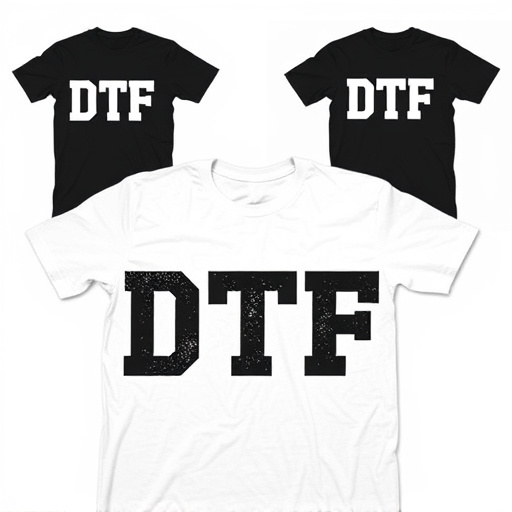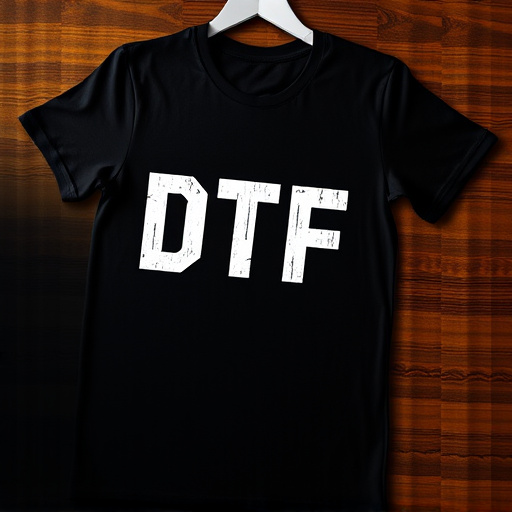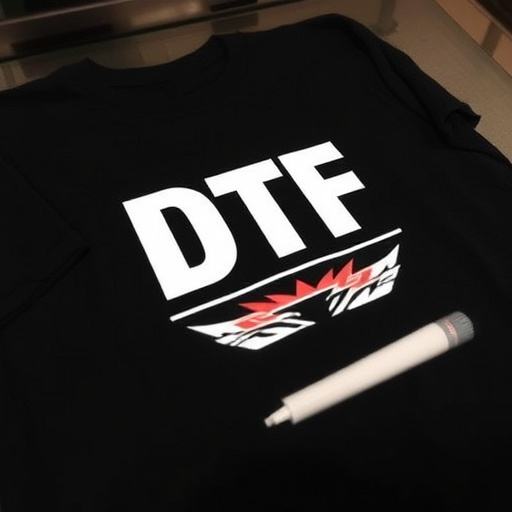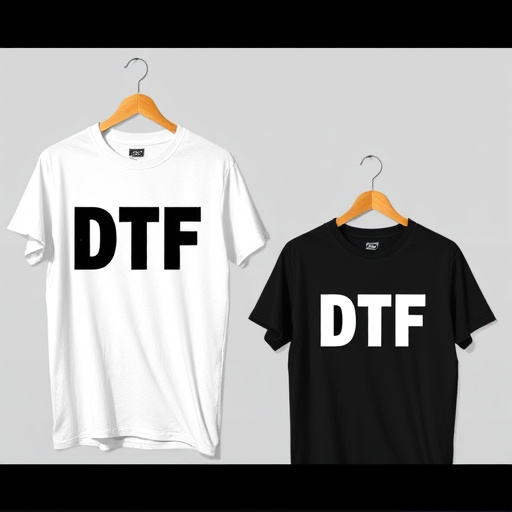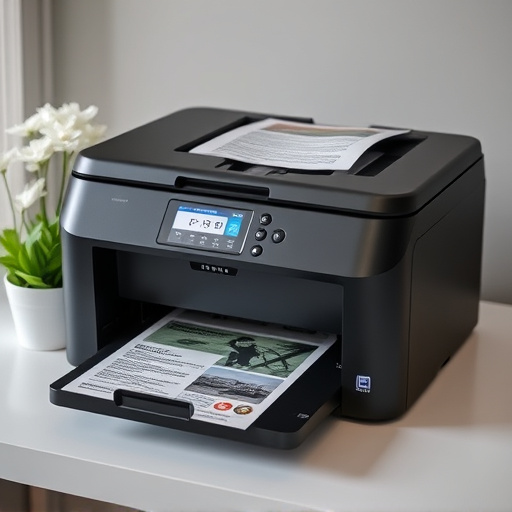Direct-To-Film (DTF) technology revolutionizes printing with its cutting-edge approach, offering unparalleled quality and efficiency for diverse applications. This method involves transferring ink directly to film, streamlining production processes and ideal for short runs or custom orders due to fast turnaround times while maintaining detail and color accuracy. DTF accommodates fine art reproductions, photographic prints, and large-format displays, delivering vibrant, sharp images with exceptional consistency. Professionals appreciate precision control over ink placement, ensuring DTF Prints meet customer expectations. This technology provides a cost-effective alternative for high-quality printing, catering to both commercial and artistic demands while prioritizing meticulous processes, top-tier materials, and rigorous quality control measures.
“Unleash the power of direct-to-film (DTF) transfers for unparalleled visual experiences! This article delves into the professional creation of DTF prints, offering a comprehensive guide for those seeking exceptional results.
From understanding the unique benefits of DTF transfers to mastering the intricate printing process, we explore every step. Learn about material selection, image reproduction techniques, and quality control measures that ensure precise, vibrant prints. Discover how professional DTF transfers elevate custom projects, providing endless possibilities for creative expression.”
- Understanding Direct-To-Film (DTF) Transfers: A Professional's Perspective
- The Process of Creating High-Quality DTF Prints
- Choosing the Right Materials for Optimal DTF Transfer Results
- Techniques to Ensure Precise and Vibrant Image Reproduction
- Quality Control Measures in DTF Printing for Customer Satisfaction
- Benefits and Applications of Professional DTF Transfers for Custom Projects
Understanding Direct-To-Film (DTF) Transfers: A Professional's Perspective

Direct-To-Film (DTF) transfers have emerged as a cutting-edge technology in the print industry, offering unparalleled quality and efficiency for customers seeking high-fidelity prints. From the professional’s perspective, DTF involves transferring ink directly onto film, eliminating the need for intermediate plates, which significantly streamlines production. This innovative process is particularly advantageous for short runs or custom orders, ensuring fast turnaround times without compromising on detail or color accuracy.
DTF Printing allows for an extensive range of applications, from fine art reproductions to photographic prints and even large-format displays. The versatility of DTF Transfers lies in their ability to produce vibrant, sharp images with exceptional consistency. Professionals appreciate the precision control over ink placement and exposure, enabling them to deliver custom DTF Prints that meet exacting customer expectations. This technology has revolutionized the industry by providing a cost-effective alternative for high-quality printing, catering to both commercial and artistic needs.
The Process of Creating High-Quality DTF Prints
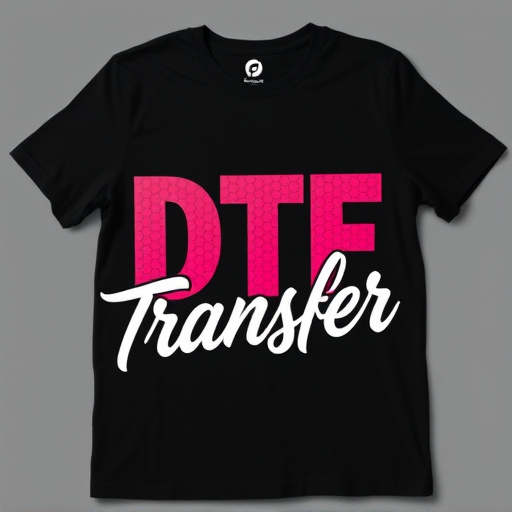
The process of creating high-quality DTF (Direct-to-Film) prints involves several meticulous steps to ensure optimal results. It starts with preparing the film, where professionals carefully select and prepare the appropriate material for the transfer. This includes choosing the right type of film, ensuring its cleanliness, and adjusting it for optimal contact with the print media. The design or artwork to be printed is then precisely aligned and positioned on the film, requiring precision and attention to detail.
Once the film is prepared, it undergoes a specialized printing process. DTF printers use high-resolution techniques to accurately reproduce the image on the film, ensuring sharp details and vibrant colors. After printing, the film is carefully examined for any imperfections or misalignments. Only perfect films proceed to the next stage, guaranteeing that the final prints will meet the highest standards of quality.
Choosing the Right Materials for Optimal DTF Transfer Results
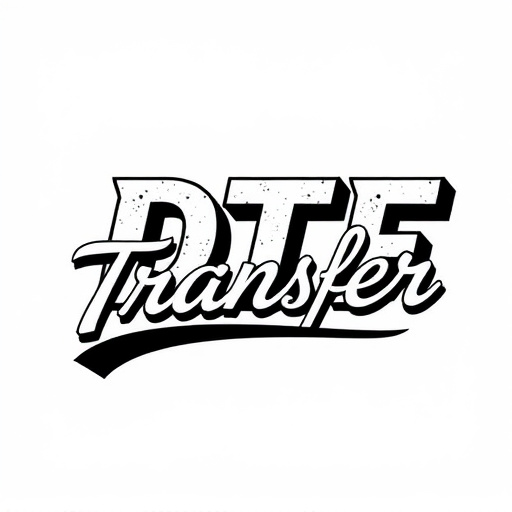
When creating direct-to-film (DTF) transfers for customers, selecting the appropriate materials is paramount to achieving exceptional results. The right substrates and inks ensure that the final DTF prints are not only visually stunning but also durable. For optimal DTF transfer outcomes, it’s essential to consider factors such as film quality, ink compatibility, and substrate texture. High-quality films with excellent opacity and dimensional stability form a solid base for intricate designs. Additionally, inks should be chosen based on their ability to bond well with the film and the desired color vibrancy.
DTF printing requires a balance between achieving fine detail and maintaining robust adhesion. Smooth substrates like high-gloss or satin-finish films work best for detailed prints, while textured materials can add depth and dimension to the final product. By understanding the interplay of these elements, professionals can deliver DTF transfers that meet customer expectations, ensuring satisfaction with every print.
Techniques to Ensure Precise and Vibrant Image Reproduction

When creating direct-to-film (DTF) transfers for customers, precision and vibrant image reproduction are paramount. The process involves advanced techniques to ensure every detail from the original source is accurately translated onto the final print medium. One key method is utilizing high-resolution digital scanning, which captures intricate textures and colors with exceptional accuracy. This data is then meticulously processed using specialized software that optimizes color profiles and sharpness, ensuring a true-to-life representation.
Additionally, DTF printing employs state-of-the-art equipment like UV printers and precision coating systems. These technologies enable the application of thin, even layers of ink or dye onto the film, resulting in vivid colors and fine detail reproduction. Proper calibration and regular maintenance of these machines further guarantee consistent and precise image transfer across different print runs. This level of attention to detail ensures that DTF prints not only look stunning but also maintain their visual integrity for years to come, making them a popular choice among customers seeking high-quality, lasting representations of their source materials.
Quality Control Measures in DTF Printing for Customer Satisfaction

Ensuring top-tier quality is paramount in the direct-to-film (DTF) transfer process to meet customer expectations. Professional printers implement rigorous Quality Control (QC) measures at each production stage, from raw material inspection to final print evaluation. This meticulous approach guarantees that every DTF transfer captures intricate details and colors accurately, resulting in exceptional prints.
QC protocols include verification of ink consistency, color accuracy against industry standards, and adherence to resolution requirements. Printers may also employ advanced scanning techniques and software to cross-check designs against original art or previous prints. These measures not only maintain consistency but also allow for immediate identification and correction of any deviations, ultimately securing customer satisfaction with the final DTF prints.
Benefits and Applications of Professional DTF Transfers for Custom Projects

Professional direct-to-film (DTF) transfers offer a multitude of benefits for custom projects across various industries. One of the key advantages is their ability to reproduce intricate details with remarkable accuracy, ensuring that every element of the original design is seamlessly transferred to the final medium. This makes DTF ideal for high-fidelity applications like fine art prints, where preserving subtle shading and nuanced colors is paramount.
Moreover, DTF transfers are incredibly versatile. They can be used in everything from creating custom signage and murals to designing unique fashion pieces and accessories. The technology allows for on-demand printing, reducing waste and streamlining production processes. This efficiency, coupled with the superior quality of DTF prints, makes it an attractive solution for businesses seeking to offer personalized, high-quality products to their customers without incurring excessive costs or time delays.








